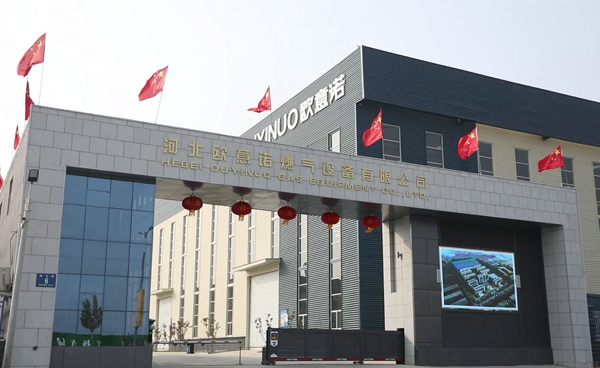
Nov . 05, 2024 01:22
Back to list
pneumatic control valve
Understanding Pneumatic Control Valves An Essential Component in Automation
Pneumatic control valves are integral components within various industrial automation systems, playing a crucial role in the regulation of airflow and pressure. These valves serve as the interface between the control system and the pneumatic actuators, ensuring that processes operate smoothly and efficiently.
At its core, a pneumatic control valve functions by controlling the flow of compressed air. The basic operation involves the opening and closing of the valve based on signals from a control system, which can be either analog or digital. When a signal is received, the valve mechanism responds accordingly, adjusting the airflow to the desired level. This level of control is vital in a wide range of applications, from manufacturing and packaging to robotics and assembly lines.
The design of pneumatic control valves can vary significantly, with several types including directional control valves, flow control valves, and pressure control valves. Directional control valves, for instance, determine the path that air will take within the system, allowing for accurate positioning of actuators. Flow control valves, on the other hand, regulate the speed of pneumatic actuators by controlling the rate of airflow. Pressure control valves ensure that the air pressure remains within a specified range, protecting the equipment from potentially damaging overpressure situations.
One of the key advantages of pneumatic control valves is their responsiveness. They can react quickly to changes in control signals, making them ideal for applications requiring precise control. Additionally, pneumatic systems often operate at high speed, allowing for rapid actuation of machinery. This efficiency makes pneumatic control valves a favored choice in industries such as food and beverage, pharmaceuticals, and automotive manufacturing.
pneumatic control valve

Moreover, pneumatic systems generally require less maintenance compared to their hydraulic counterparts. Since they do not involve fluids that can leak or require extensive sealing, this simplifies the maintenance and operational costs. However, it is important to ensure that the components, including the pneumatic control valves, are regularly inspected for wear and tear to prevent unexpected failures.
In terms of materials, pneumatic control valves are typically made from durable substances such as aluminum, stainless steel, or reinforced plastics, which can withstand the stresses of pneumatic operations. The choice of material often depends on the specific application and operating environment, with considerations for factors like temperature, humidity, and exposure to corrosive substances.
As industries continue to evolve and become more automated, the role of pneumatic control valves will undoubtedly expand. Innovations in design and technology, including the integration of smart sensors and IoT capabilities, are paving the way for even greater control and efficiency. These advancements allow for real-time monitoring and diagnostics, ensuring optimal performance and reducing downtime.
In conclusion, pneumatic control valves are essential for effective automation and control in various sectors. Their reliability, rapid response, and low maintenance needs make them a preferred choice for many industrial applications. As technology advances, these valves will undoubtedly continue to play a key role in the future of automated systems, driving efficiency and productivity across numerous industries.
Next:
Latest news
-
Safety Valve Spring-Loaded Design Overpressure ProtectionNewsJul.25,2025
-
Precision Voltage Regulator AC5 Accuracy Grade PerformanceNewsJul.25,2025
-
Natural Gas Pressure Regulating Skid Industrial Pipeline ApplicationsNewsJul.25,2025
-
Natural Gas Filter Stainless Steel Mesh Element DesignNewsJul.25,2025
-
Gas Pressure Regulator Valve Direct-Acting Spring-Loaded DesignNewsJul.25,2025
-
Decompression Equipment Multi-Stage Heat Exchange System DesignNewsJul.25,2025

